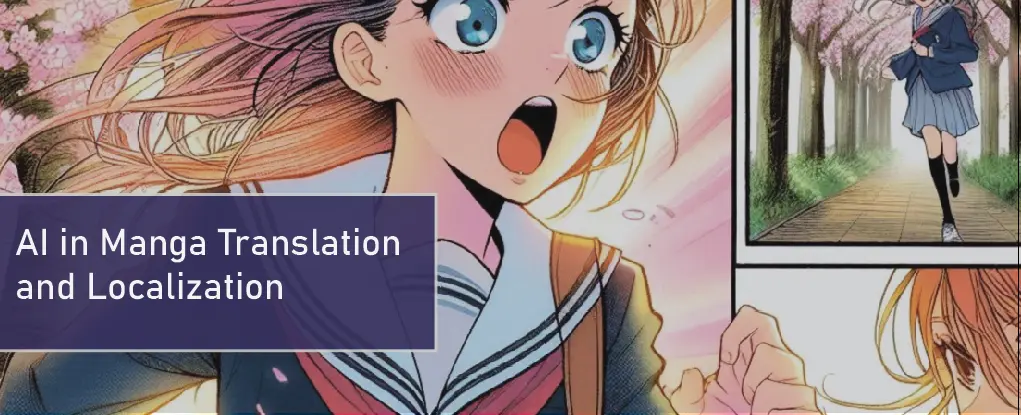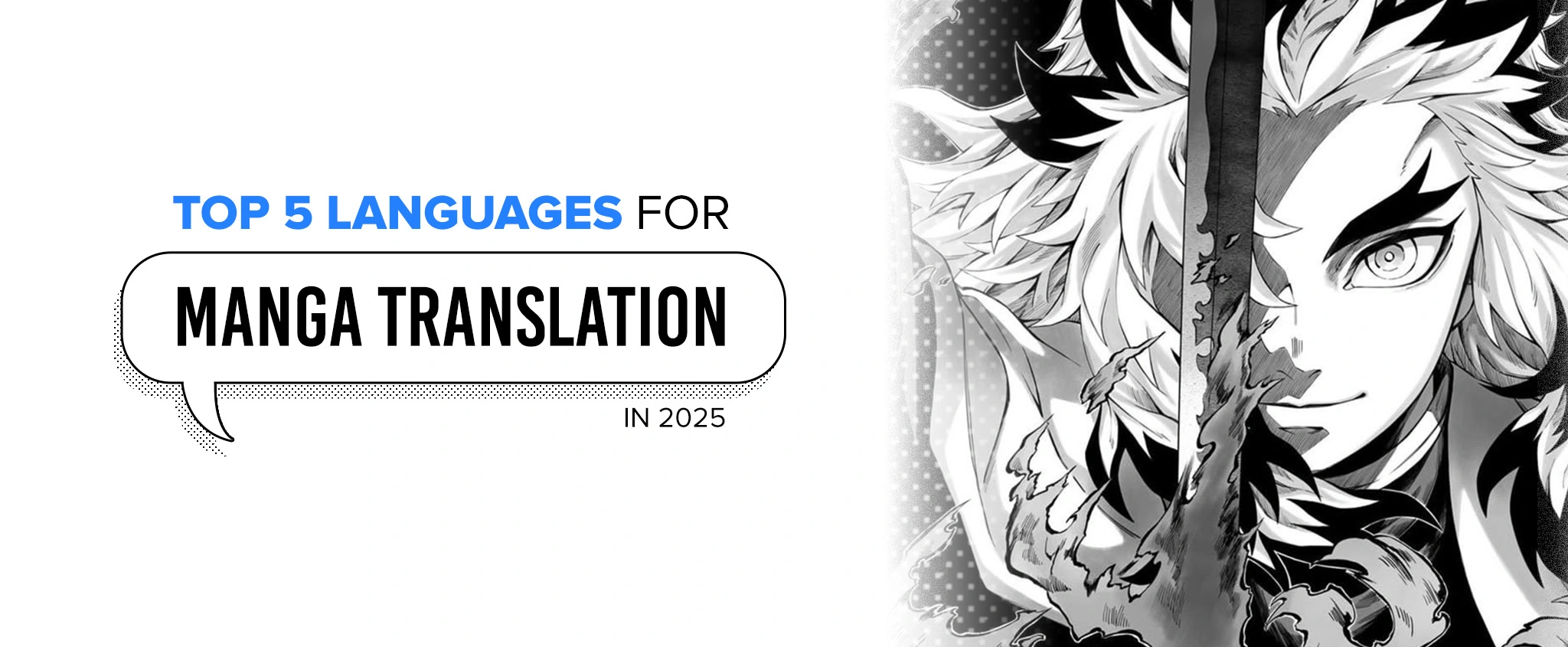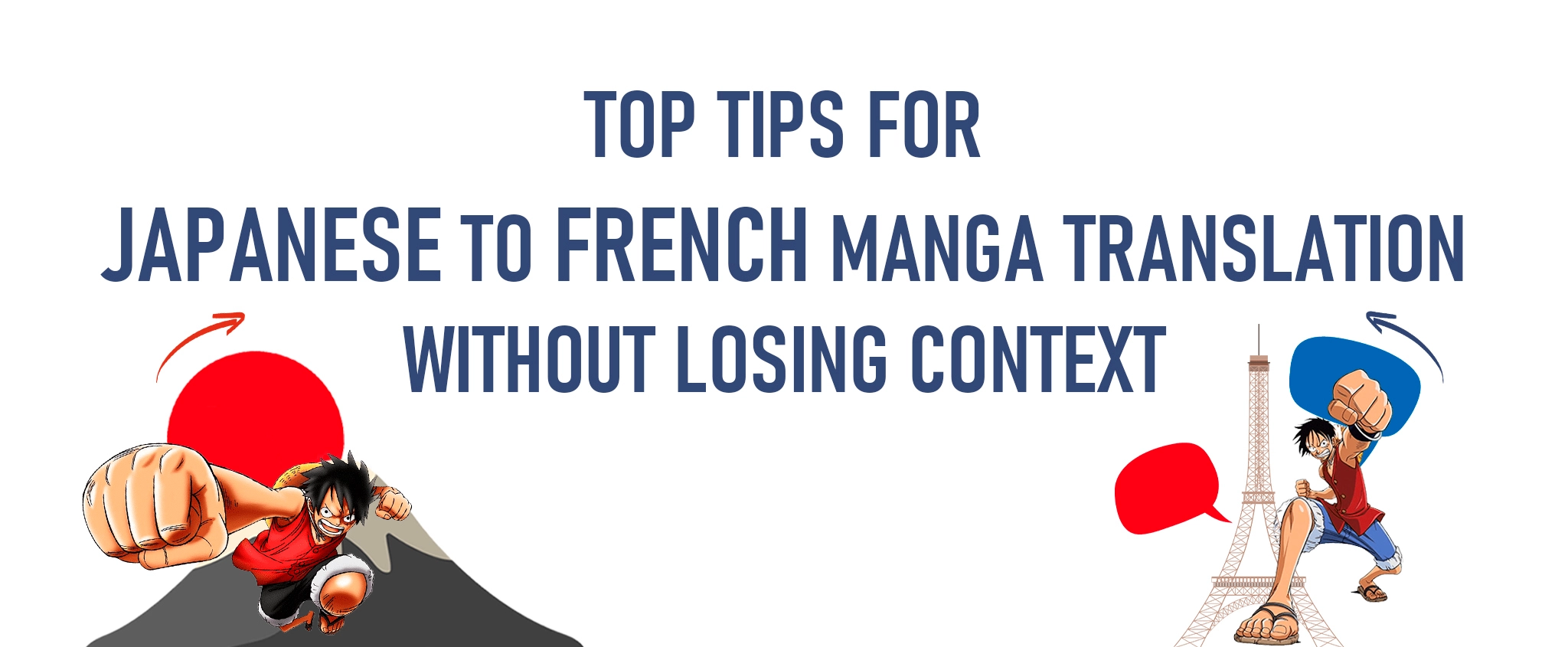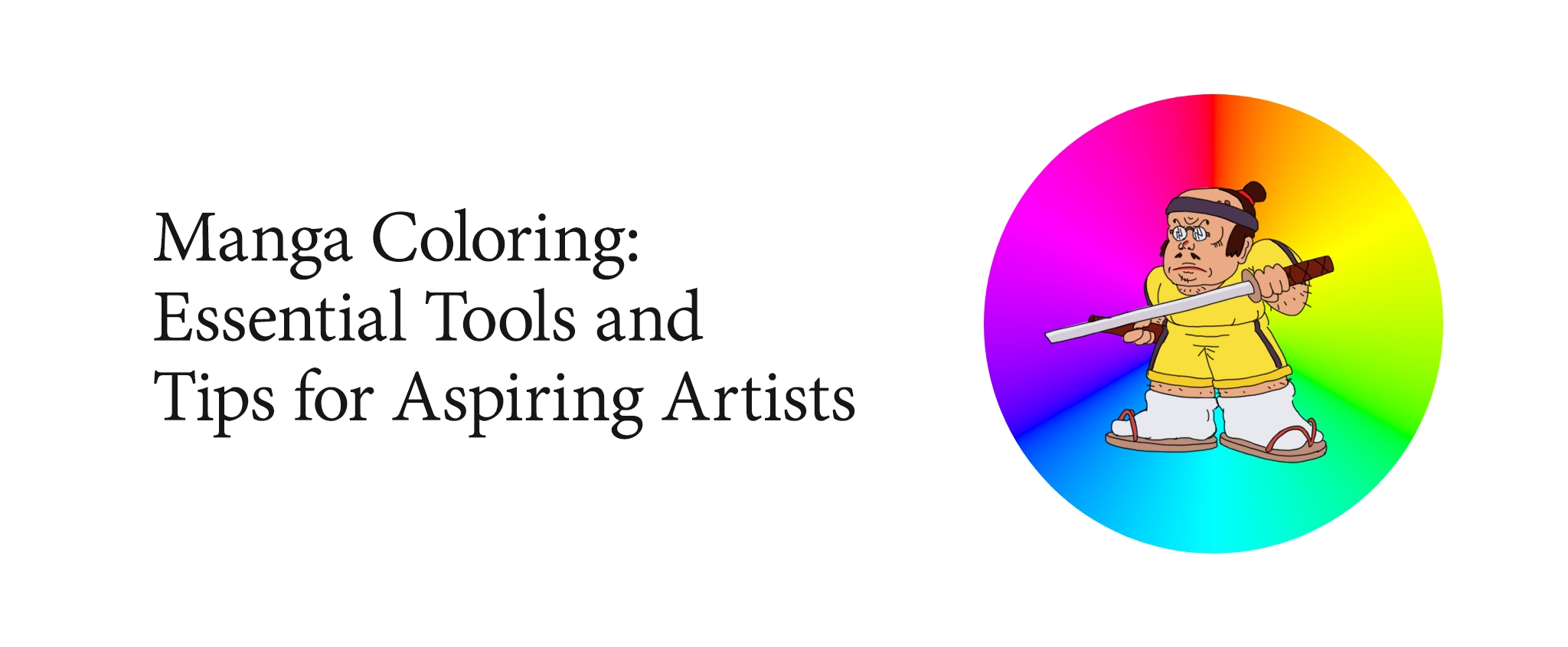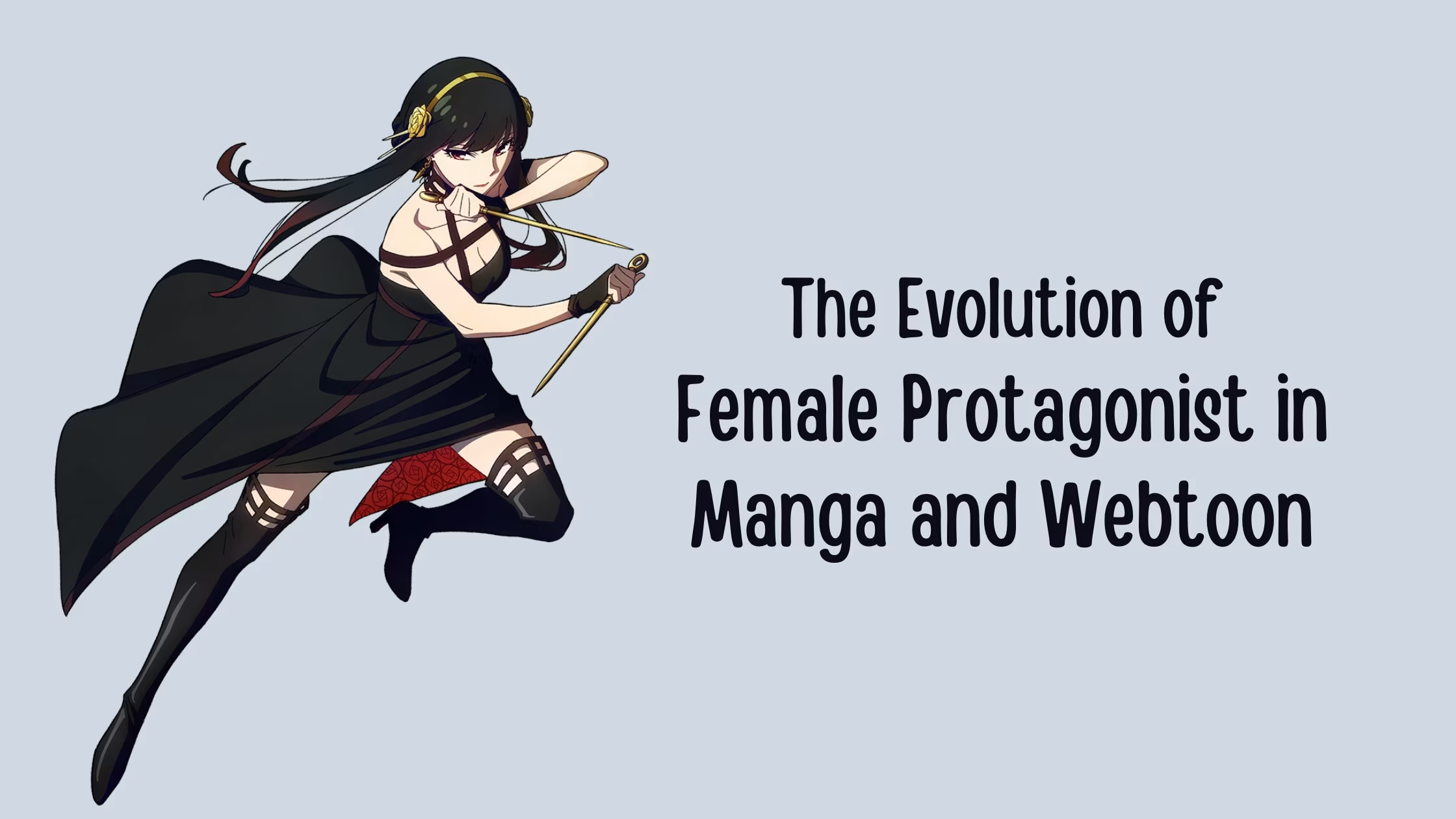AI in Manga Translation and Localization: Opportunities and Challenges
Key Takeaways:
- The global manga market is expected to grow to more than $15 billion in 2024.
- AI can assist translators in streamlining the translation and localization process for efficiency.
- AI in the manga industry faces culture and context-specific challenges but also opportunities for exponential growth.
- Translation and localization services like CCCI, harnessing AI efficiency with human creativity, can yield remarkable results.
Table of Contents:
- AI’s Impact on Manga Localization and Translation
- Challenges and Opportunities of AI in the Manga Industry
- Balancing AI and Human Expertise
Much of the world’s beloved anime is an adaptation of their original manga series. Detective Conan, Naruto, One Piece, Jujutsu Kaisen, and My Hero Academia are only a few of the hundred household names in the manga industry. As the hunger for this type of literature grows, we use advancing technology to reach more readers across the globe. Thanks to artificial intelligence (AI), we have translated and localized many bodies of texts, no less the beloved manga.
In this article, we look further into the impacts, opportunities, and challenges of AI in manga translation and localization. Check it out!
AI’s Impact on Manga Localization and Translation
Before we go into AI and manga, let’s talk about manga. What exactly is it and why is it so popular around the world?
Manga: Japanese Comics and Cartoons
The beginnings of manga can be traced back to drawings on scrolls in the 12th and 13th centuries. But it was in the Edo Period of Japan (1603–1867) when these drawings, humorous in nature, were bound like books like the manga we know today.
Manga, from “man-” (aimless) and “-ga” (picture), is widely known as comics and graphic novels from Japan. Mostly written in black and white, manga is rich in accounts of Japanese culture and history. It is the international audience’s window to Japanese life.
Note: People sometimes ask what the difference is between webtoon and manga. Simply put, it’s generally about origin and form. Mangas are Japanese in origin, manhwas are South Korean, while webtoons can be any of these as long as they are published online. Still confused about webtoon and manga? Read more about them here.
Readers cite many reasons why they like reading manga. First, they prefer the pacing in manga compared to anime adaptations, which may be a bit too dragging. Second, anime sometimes limits its adaptations to a few seasons with a few episodes while a manga series just goes on and on. Third, readers appreciate the different art styles of manga artists (a.k.a. “mangaka”). Fourth, they say manga lets them use their imagination better which makes it a more enjoyable experience. Finally, they find it easier to read and see it as a more entertaining way to learn about Japanese culture. And these are only a few reasons why manga is so popular, especially among young readers.
Its unique qualities have captivated readers from across the globe. In fact, by 2022, manga sales in the United States had peaked at 28.4 million copies sold. High schools in the United States have even been investing in manga since the noticeably growing readership for the genre, according to a 2023 SLJ Research survey. To add, its global market size is expected to grow to more than $15 billion this year from more than half of $13 billion in 2023.
More than ever, we need effective tools to satisfy the hunger for manga everywhere. And AI in manga translation and localization can certainly be an asset in reaching this goal.
Manga Meets AI
AI-powered translation and localization is a quick and efficient way to connect to customers. Using machine learning (ML), deep learning (DL), and natural language processing (NLP) techniques, it can produce content and deliver services in seconds. It can also process different kinds of content including but not limited to text, audio, and images, which may be laborious for the average person.
AI is consistently developed to understand and process human language to be especially useful in cross-cultural circumstances. Developers have equipped it with more and more datasets to facilitate its own learning. And it has definitely come a long way as it is now better at understanding contexts and emotional responses. Along with its editing and proofreading capabilities, it can surely serve its purpose better—as a tool that forges connections with others.
Accurate translation and quality localization are important, especially in creative works like manga. In order to resonate with the readers, it has to connect with them without sacrificing its original content. Knowledgeability in terms of the context of both cultures is important to be able to translate not only text but also feelings and ideas faithfully.
The role of AI in the manga industry is principally to help it thrive. By using AI in manga translation and localization, we can cater to customers’ needs more quickly and in bulk. This means almost immediate releases of fresh and new collections, all tailored to the context of the target readers. Less waiting! Now, wouldn’t that be exciting? We can already imagine the growth of manga readership in the next few years! And experienced translation and localization companies like CCCI can definitely take this technology to the next level.
Challenges and Opportunities of AI in the Manga Industry
AI is a developing system. It is constantly evolving as it learns and unlearns things as it improves. Undoubtedly, it opens windows of opportunities for everyone, but not without its challenges.
Challenges
Machines can only understand the information that is familiar to them. In particular, this is the data inputted and processed over time. Along with the fact that they cannot perfectly replicate human meaning-making, machines may not be accurate all the time. We must remember that humanness in art, like mangas, is crucial in establishing connections with readers.
- Nuances and Contextual references: AI in manga localization may find it difficult to relay certain emotions evoked by culture-specific elements. While AI is advanced, it is not advanced enough to feel and understand more subtle details and emotions. In addition, the social and historical contexts in accordance with the work or scene also have to be considered to relay the message properly.
- Accuracy and cultural sensitivity: While AI in manga translation can provide technically accurate translations, some “accurate” equivalents of words may come off as culturally insensitive. After all, connotative meanings have to be taken into account as well.
- Sound effects and onomatopoeia: Although alt text in certain applications shows AI’s understanding of images, sound effects and onomatopoeia may be a bit too complex. Sound effects and onomatopoeia are already challenges for human translators. But even AI may not be fully equipped for these details when analyzing pictures. It takes human meaning-making to make sense of images and how things may sound.
- Humor: Jokes, punchlines, and comedic phrases are some of the hardest things to translate because (1) they are culturally dependent, and (2) not everyone has the same humor. With manga as something historically humorous and entertaining, AI will have to go through a lot of developments first before being able to perfectly tickle our funny bones.
Opportunities
Of course, after being critical of AI’s shortcomings, we take a look at the brighter side of things. Spoiler alert: the potential impact of AI on manga shows a lot of promise.
- Quicker releases: AI highlights efficiency. Utilizing AI in manga translation opens the chance to publish translated manga almost immediately. And the quicker manga companies can cater to the hungry readers, the faster the growth of the industry and its readership.
- Quality control: Technology like this is already being used in education and other professional settings to proofread and check for other technical errors in text. With AI, we are able to quickly pinpoint and address potential errors before publication.
- Cost-effectiveness: As AI handles all the repetitive and laborious tasks, there is only little human intervention needed. Staff can focus on more important and specialized tasks while AI handles the rest. With this, only the services of professionals would be needed to verify and polish the translation and localization of the text.
Balancing AI and Human Expertise
There are multiple AI tools that can be utilized for manga translation and localization. There is Google Translate, Chat GPT, DeepL, AI Manga Translator, and a Google extension called Manga Translator to name a few. In addition, applications which scan the pages and provide AI-generated translations are also available. Tools like these make life a lot easier for both professionals and leisure-readers alike. We ought to remember, however, that the best results are those that have been verified by trusted professionals.
AI in manga translation and localization can be leveled up with a hybrid approach. As we do at CCCI, we have to make use of our combined strengths: AI’s efficiency and humanity’s creativity. AI in manga localization, for example, can only do so much. It takes a human being to comprehend cultural nuances and contexts that make the story captivating. It takes a person to build on the translated and localized story based on his understanding of their own society and their years of experience in their field.
At CCCI, we cover more than 30 languages, including the best languages for manga localization. Get to know more about our manga translation services and contact us today. Together, let us extend our reach and inspire more people!

